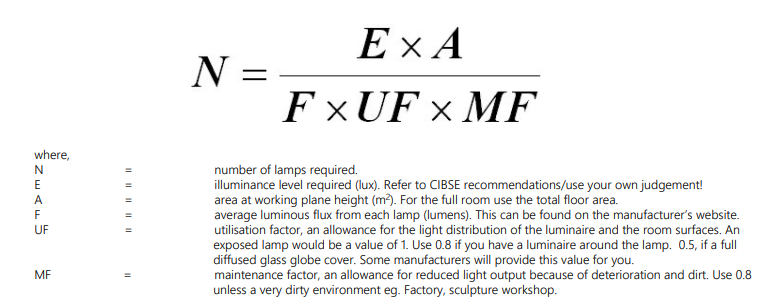Weekly review
This week I learnt about lighting design strategies and how to combine natural and artificial lighting. I learnt about the many different types of lighting, as well as the intensity of lighting and calculating the amount of lighting needed.
Class notes
Lighting strategy
Two sources of light in architecture:
“natural”:
- provide by the sun
- cannot be easily controlled
“artificial”:
- a technological response to the need to illuminate our world after dark.
- can be created and controlled
How to design with artificial light?
- Specify lighting concepts (e.g. Mies Van Der Rohe and Richard Kelly-Seagram Building 1954-58)
- Ambient luminescence is graded washed — Richard Kelly
- Diffuse background lighting
- Background lighting – low contrast
- Light the vertical
- Lighting glass
- Connecting with the outdoors-the beauty of lighting clear glass which can connect with the outdoors (e.g. Philip Johnson Glass House, New Canaan)
- Play of brilliants is sharp details– Richard Kelly
- Luminance contrast
- Light as formgiver
- Focal glow as accent and formgiver
- Focal glow is the highlight– Richard Kelly
Lighting design layers
- General or ambient lighting
- Task lighting
- Accent lighting
Luminaire type
- Surface lights
- Pendant lights
- Recessed lights
- Track lights
- Colour rendering
- The quality of the light
- Colour temperature
– cool/neutral white 4000°k (degrees Kelvin)
– Warm white 2700°K (degrees Kelvin)
- Light sources
-lamp efficacy
-Luminous flux(F)
-Illuminance(E)
- Quantity

- Type:
-fluorescent light
-metal halide lamps
-cold cathode
-LEDs
-Integrated Lighting
Want to continue my journey in week 3?
For more posts on this week, please click here.



Leave a Reply